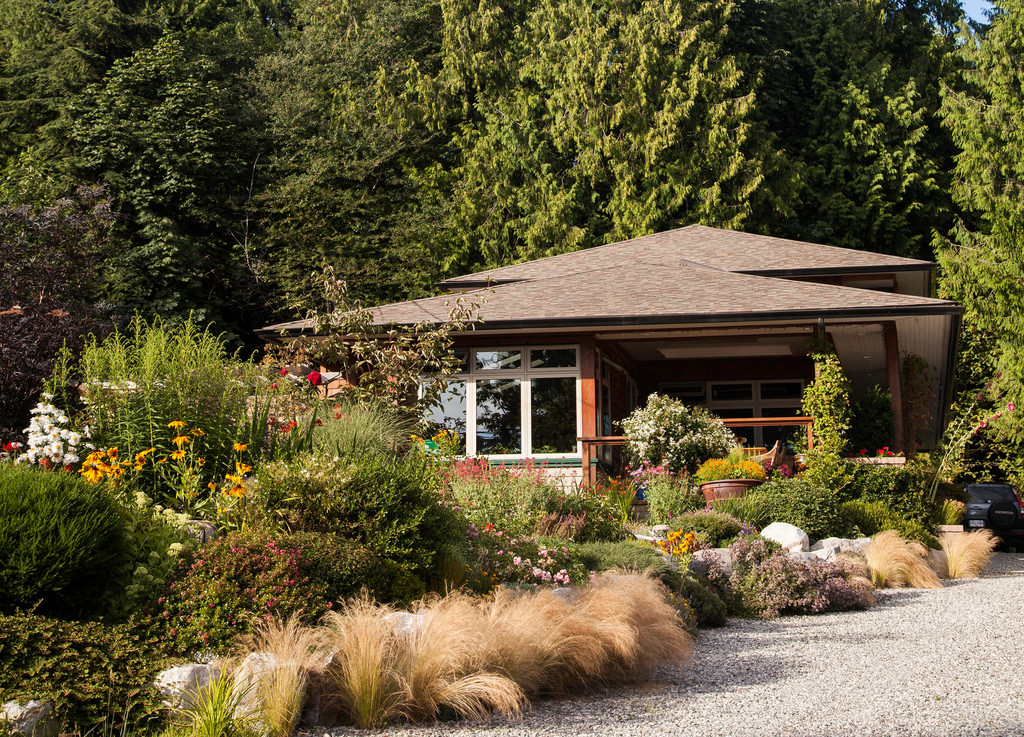Recently members of our analytics and data science teams hosted a meet-up in conjunction with DahShu.org for students and recent graduates where we shared our own career experience to shed some light on their next career move. Here’s what I shared with them:
I joined Houzz at the end of 2015 after seven years at one of the largest companies in the Valley. Over time, I came to feel that I would benefit from working at a smaller company where I would have the opportunity to work on more diverse projects. Many of the people I worked with had started to leave for different startups, and would convey how happy they were to be able to be more creative, move faster, and to have a big impact through their work. I knew it was time for a change.
After speaking with several close friends who had left the company for recommendations, I applied to four startups and fortunately received offers from all of them. There were four primary factors I considered in deciding which one to accept:
- Do I like the product and believe in the business model?
- Is the company the right size? If it is too small, I won’t have enough data to play with. If it is too big, I’d face the same problem I had at my current job.
- Would there be learning opportunities and an intellectually stimulating environment?
- Would I make enough money?
Houzz emerged as the clear winner.
I loved the product and had been using it for many years. Having gone through a painful remodeling process myself, I knew how much value Houzz brings to users. In fact, it was, and still is, the only platform that covers the full funnel from getting inspiration, to finding a professional, to buying all the products and materials you need.
In terms of size, Houzz was and is still relatively small. I believed I could contribute to the company’s growth and have big impact through my work.
Houzz has over 40 million monthly unique users and over 1.5 million active home renovation and design professionals. I knew I would have plenty of data to get insights from. Finally, at each visit to Houzz, I met with people who were smart and fun. As an example, after learning that we used an internal language to obtain data from logs instead of SQL at my former company, one of the Houzz team members interviewing me took the effort to learn that language just to be able to interview me. That was very meaningful to me, and I knew that Houzz would provide an environment where I would be happy.
When I told people, including my mentors, about my decision to join Houzz, everyone was very supportive. In fact, during my last 1:1, my manager went from trying to convince me to stay to saying he believed everyone should have a startup experience as part of their professional development.
My first project upon joining Houzz was to develop a methodology to measure impact of metrics from our AB tests. This was an important project given that we make many decisions based on the outcome of these tests as a data-driven company. What I thought would be a project that would take multiple quarters to accomplish took two months. I soon found myself presenting to our cofounder during our weekly meetings, gaining a visibility that I never had before. I also got exposure to everything from marketing to monetization to user growth, whereas in the past, my work had felt very siloed.
I found Houzz to provide an intellectually stimulating environment. As an example: my team has an analytics reading group where we have covered things like hypothesis testing, experiment design and causal inference. We just built a data science library to encourage people to learn and grow. I also really like spending time with my colleagues, who are also friends. It turns out we have quite a few people who enjoy playing tennis as much as me (at least four of them above a 4.5!).
By the end of 2016, the four friends who tried very hard to convince me to join their companies had all left. In contrast, the two friends who referred me to Houzz are still happily working here. One of them was inspired by his wife, who is an architect, to help develop a product that will launch soon. The other is leading a massive project to enhance our local advertising program for home professionals.
When I share my experience with others, I tell them how important it is to believe in the product, in the people and in the opportunity for personal and professional growth. Of course, I also tell them we’re hiring ;)

Houzz and DahShu.org welcome students and recent graduates to the event

Guests mingle and get to know each other

Jerry Krikheli introduces a panel of Houzzers to share their experiences

Guests listen to a panel of Houzzers
















